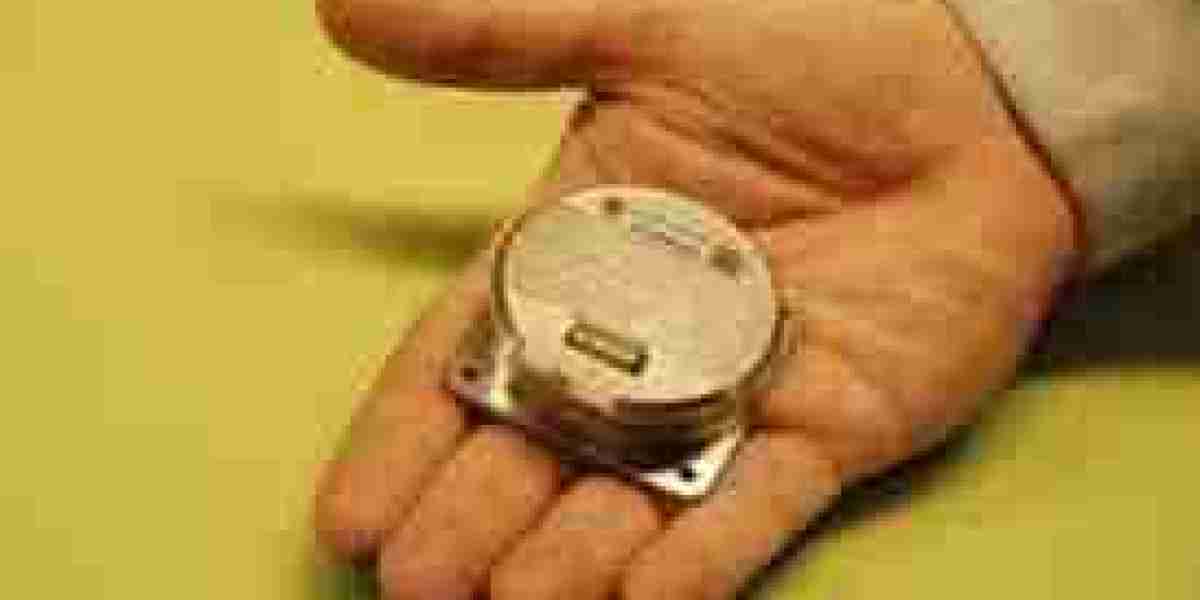Medical waste disposal is a critical aspect of maintaining public health and environmental sustainability. However, when medical waste is improperly managed, it can have devastating effects on ecosystems, wildlife, and human communities. This article explores the environmental impacts of improper medical waste disposal and outlines strategies to mitigate these risks while promoting eco-friendly practices.
What Is Medical Waste?
Medical waste encompasses a wide range of materials generated by healthcare facilities, laboratories, research institutions, and veterinary clinics. This waste includes sharps (e.g., needles and scalpels), infectious materials, pathological waste, chemical waste, and pharmaceutical products. Proper medical waste disposal is essential to prevent harm to the environment and public health.
Improper disposal occurs when medical waste is discarded in ways that fail to adhere to regulatory standards, such as dumping it in regular landfills, burning it without proper emission controls, or releasing it into water systems. These practices can lead to long-lasting damage.
The Environmental Impacts of Improper Medical Waste Disposal
1. Soil Contamination
When medical waste is improperly buried or discarded in landfills without proper containment, hazardous chemicals and pathogens can seep into the soil. Materials like mercury from broken thermometers, unused pharmaceuticals, and disinfectants can persist in the ground for years.
Contaminated soil not only affects plant life but also disrupts the food chain. Crops grown in such soil may absorb harmful substances, which can then be passed on to humans and animals, causing health issues.
2. Water Pollution
One of the most significant consequences of improper medical waste disposal is water pollution. When medical waste is dumped into water bodies or leaches into groundwater, it introduces harmful pathogens, chemicals, and heavy metals.
For instance:
- Infectious agents can contaminate drinking water supplies, leading to outbreaks of waterborne diseases like cholera and hepatitis.
- Pharmaceutical waste, including antibiotics and hormonal drugs, can disrupt aquatic ecosystems, leading to the mutation or death of aquatic species.
Contaminated water affects not only marine life but also communities that rely on these water sources for drinking, farming, and recreation.
3. Air Pollution
Improper incineration of medical waste, especially in open-air settings or poorly maintained incinerators, releases toxic pollutants into the atmosphere. These pollutants include:
- Dioxins and furans, which are highly toxic and can cause cancer, reproductive issues, and developmental problems.
- Particulate matter, which contributes to respiratory problems in humans and animals.
Airborne pollutants can travel long distances, impacting areas far from the original disposal site. The health risks associated with air pollution underscore the need for regulated and advanced incineration methods.
4. Harm to Wildlife and Ecosystems
Wildlife often becomes collateral damage when medical waste is improperly disposed of. Animals may ingest or become entangled in hazardous materials, such as syringes, bandages, or plastic packaging. This can lead to injuries, infections, or even death.
Additionally, ecosystems are disrupted when hazardous substances alter the balance of local flora and fauna. For example, pharmaceuticals that enter water systems can interfere with the reproductive cycles of fish and other aquatic species, leading to population declines.
5. Climate Change
Improper disposal of medical waste contributes to climate change through the release of greenhouse gases. Organic waste, such as pathological waste, decomposes in landfills, releasing methane—a potent greenhouse gas. Similarly, incineration without proper emission controls produces carbon dioxide and other harmful gases that exacerbate global warming.
How to Avoid the Environmental Impacts of Improper Medical Waste Disposal
Addressing the environmental challenges posed by medical waste disposal requires collective efforts from healthcare institutions, governments, and individuals. Below are key strategies to ensure safe and sustainable practices.
1. Implement Strict Regulatory Compliance
Governments and regulatory bodies play a vital role in ensuring that healthcare facilities adhere to proper disposal guidelines. Enforcing strict compliance with laws, such as the Occupational Safety and Health Administration (OSHA) and the World Health Organization (WHO) standards, can help minimize risks.
Healthcare facilities should regularly audit their waste management practices and train staff on compliance requirements. Non-compliance penalties should also be significant enough to deter improper practices.
2. Invest in Advanced Waste Treatment Technologies
Modern waste treatment technologies can significantly reduce the environmental impact of medical waste disposal. Some effective methods include:
- Autoclaving: This process uses high-pressure steam to sterilize infectious waste, making it safe for disposal.
- Microwave Treatment: Microwave technology is used to disinfect medical waste, reducing the need for incineration.
- Chemical Disinfection: Chemicals are used to neutralize pathogens in certain types of medical waste, such as liquids and sharps.
These technologies minimize harmful emissions and reduce the volume of waste requiring disposal.
3. Segregate Waste at the Source
Proper segregation of medical waste is critical for effective disposal. Healthcare facilities should classify waste into categories such as general, infectious, hazardous, and recyclable.
For example:
- Sharps should be disposed of in puncture-resistant containers.
- Non-infectious waste, like paper and plastics, can be recycled.
- Hazardous chemicals should be stored separately and disposed of by certified professionals.
Segregation reduces the risk of contamination and ensures that waste is treated appropriately.
4. Promote Recycling and Reuse
Recycling and reusing materials wherever possible can reduce the volume of medical waste that needs to be disposed of. For instance, some medical plastics can be recycled into new products, and non-contaminated packaging materials can be reused.
Implementing recycling programs within healthcare facilities encourages sustainable waste management and reduces environmental strain.
5. Educate and Train Healthcare Workers
Raising awareness among healthcare workers about the importance of proper medical waste disposal is essential. Training programs should cover:
- The risks associated with improper disposal.
- Best practices for segregation and disposal.
- The use of personal protective equipment (PPE) to handle medical waste safely.
Well-informed staff are more likely to follow protocols, reducing the likelihood of environmental harm.
6. Encourage Community Participation
Communities also have a role to play in preventing the environmental impacts of medical waste disposal. Public awareness campaigns can educate citizens about the dangers of improper disposal and encourage them to report violations.
Local governments can establish medical waste collection programs to ensure safe disposal of items like expired medications and used syringes from households.
7. Adopt Eco-Friendly Alternatives
Healthcare facilities can reduce their reliance on single-use materials by adopting eco-friendly alternatives. For example:
- Using biodegradable packaging for medical supplies.
- Replacing disposable instruments with reusable ones, where appropriate.
These measures can help decrease the overall volume of medical waste generated.
Conclusion
Improper medical waste disposal poses significant environmental risks, including soil and water contamination, air pollution, harm to wildlife, and contributions to climate change. However, these impacts can be mitigated through strict regulatory compliance, advanced treatment technologies, proper waste segregation, and education.



